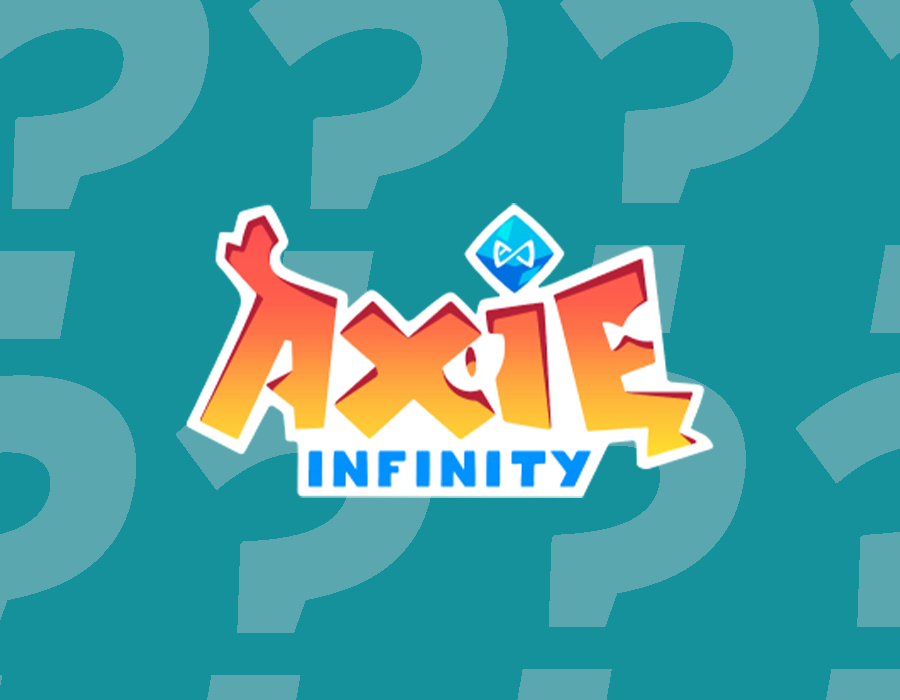Polkadot describes itself as “an open-source protocol built for everyone”. It is not just another blockchain but acts as a software designed to incentivise a global network of computers to operate a blockchain. On this, users can launch and manage their own blockchains.
As a result, Polkadot stands out by operating at a foundational level being a Layer 0 blockchain. Unlike Layer 1 blockchains like Bitcoin or Ethereum, which are standalone networks with their own specific purposes and functionalities, Polkadot serves as a base layer that supports multiple blockchains built on top of it. These blockchains, or parachains, can have their own unique features and use cases but are united and secured by the Polkadot network. You can think of Polkadot as the bedrock upon which other crypto projects can construct their platforms.
The Polkadot network utilises a nominated proof-of-stake (PoS) consensus mechanism, inspired by the Ouroboros protocol. This system allows stakeholders to nominate validators, who are then responsible for securing the network and validating transactions.
Genesis and evolution
Polkadot is the brainchild of Ethereum co-founder Gavin Wood. Today, the platform is managed by the Web3 Foundation (W3F) and developed by Parity Technologies, both co-founded by Wood. Polkadot’s initial development phase was funded through a successful ICO (Initial Coin Offering) in 2017, which raised significant capital to support the project’s growth.
The mainnet was officially launched in May 2020. The launch was a phased rollout, starting with an initial ‘Chain Candidate’ stage, followed by the enabling of various functionalities like governance, staking, and finally, the enabling of parachain auctions and slot leasing. Since its launch, Polkadot has seen significant growth in its ecosystem. Numerous projects spanning various sectors, including decentralised finance (DeFi), data storage, privacy, and more, have started building on Polkadot.
Key features
- Interoperability: Polkadot’s design addresses a critical challenge in the blockchain world- the ability of different blockchains to communicate and share information. This interoperability is crucial for the seamless transfer of assets and data across various blockchain networks, paving the way for more integrated and functional blockchain applications.
- Scalability: Its unique architecture, with its relay chain and parachains, offers enhanced scalability. This design allows multiple transactions to be processed in parallel, significantly increasing the network’s capacity and efficiency compared to traditional blockchains that process transactions sequentially.
- Decentralised Governance: The governance model is designed to be as decentralised as possible, involving various stakeholders in the decision-making process. This includes not only validators and nominators but also regular DOT holders, ensuring a broad representation of the community’s interests.
- On-Chain Governance: Polkadot features a sophisticated on-chain governance system where proposals, voting, and implementation of changes occur directly on the blockchain, ensuring transparency and efficiency.
- Forkless Upgrades: Unlike many blockchains that require hard forks for major upgrades, Polkadot can implement upgrades without the need for a fork. This feature minimises disruption and ensures the network remains up-to-date with the latest technological advancements.
How Polkadot functions
Polkadot’s network architecture allows for the creation of three types of blockchains:
- The Relay Chain: This is the main Polkadot blockchain where transactions are finalised. By separating the addition of new transactions from their validation, the relay chain can process over 1,000 transactions per second, as per 2020 testing data.
- Parachains: These are custom blockchains that utilise the relay chain’s computing resources to confirm transaction accuracy.
- Bridges: Serving as connectors, bridges enable the Polkadot network to interact with other blockchains. Efforts are underway to establish bridges with blockchains like EOS, Cosmos, Ethereum, and Bitcoin, facilitating token swaps without the need for a central exchange.
Consensus in Polkadot
The native cryptocurrency of Polkadot, $DOT, powers the entire network. It serves three critical functions:
- Governance: $DOT holders have complete control over the protocol, possessing privileges typically reserved for miners on other platforms. This includes managing protocol upgrades and fixes.
- Staking: By staking $DOT, token holders contribute to network security and earn rewards. Polkadot’s staking system emphasises decentralisation and fair representation, rewarding positive contributions and penalising malicious activities.
- Bonding: The addition of new parachains is facilitated through bonding tokens. Conversely, outdated or non-useful parachains are removed by withdrawing bonded tokens, a mechanism integral to the proof-of-stake process.
Future in the blockchain ecosystem
Polkadot is poised to significantly impact the blockchain landscape, particularly in addressing scalability and interoperability, areas where it has an edge over platforms like Ethereum. While Ethereum pioneered smart contracts, Polkadot’s multichain architecture offers more scalability, crucial for mainstream blockchain adoption. Its focus on interoperability positions it as a central hub for various blockchains to communicate and collaborate. The platform’s future looks promising, underscored by its growing ecosystem and the development of specialised parachains. These advancements suggest a positive trajectory, attracting diverse projects and developers.
Compared to Ethereum, which is transitioning to Ethereum 2.0 to address similar issues, Polkadot already provides a scalable, interoperable environment with potentially lower transaction fees due to its less congested network. In the broader competitive landscape, including platforms like Cosmos, Polkadot distinguishes itself with its blend of interoperability, scalability, and robust governance. This combination positions Polkadot as a comprehensive solution for a decentralised future, making it a key player in the evolution of blockchain technology.








